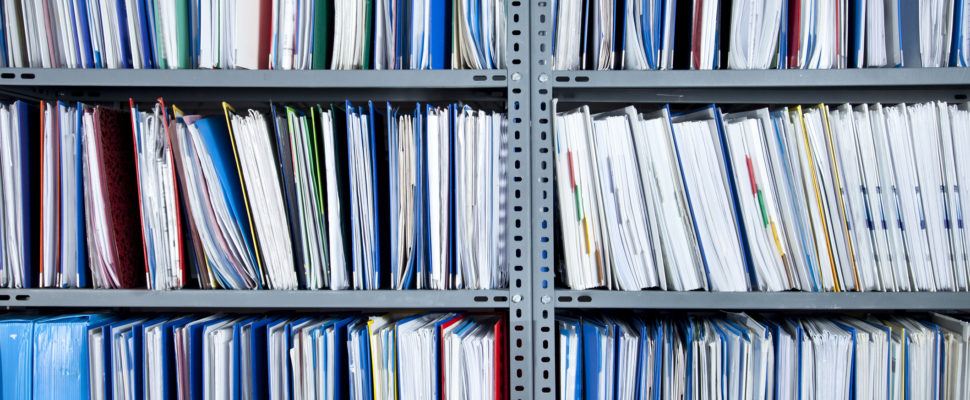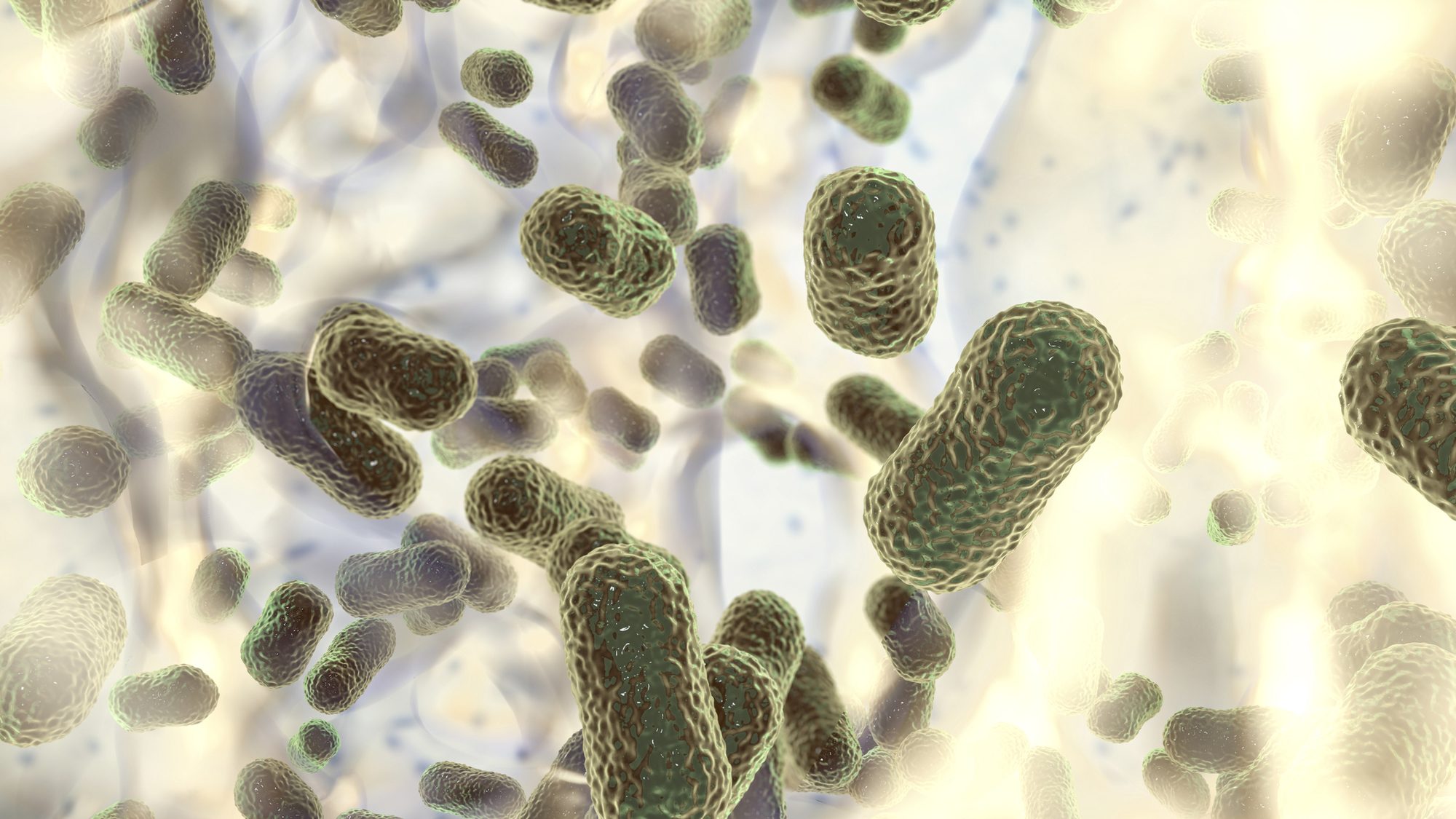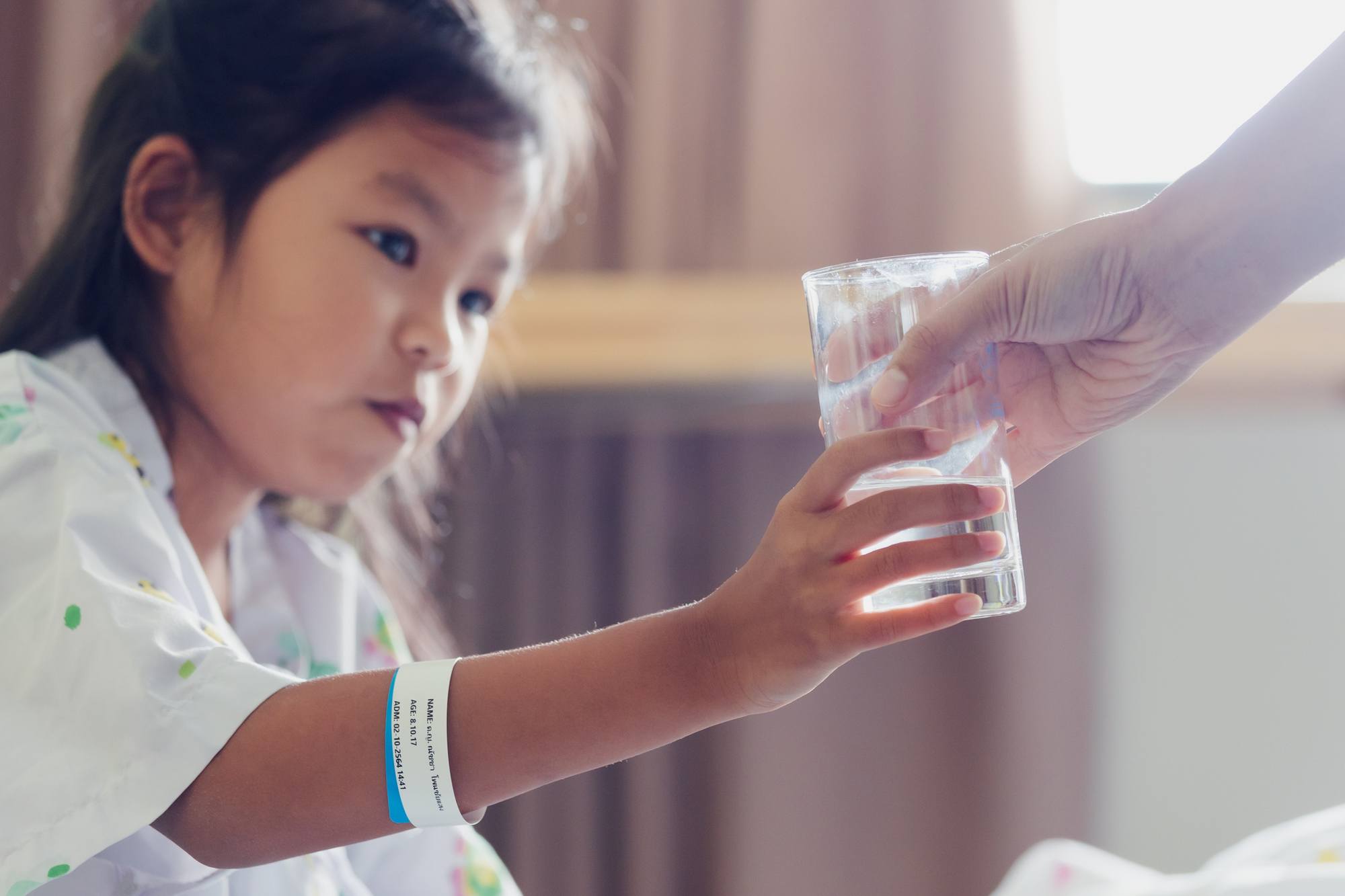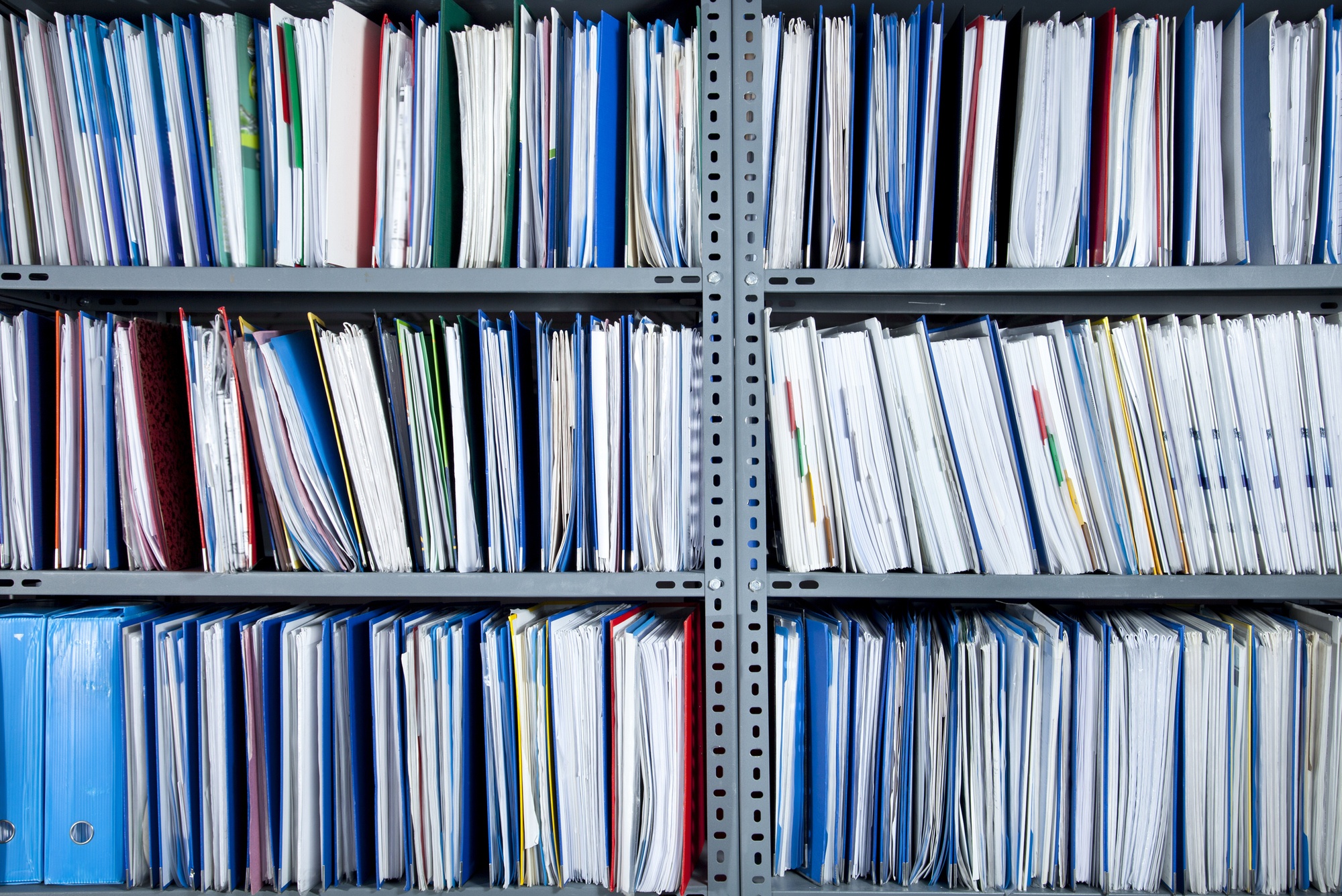
Education
E. Coli
Water, like everything else on Earth, including you, is full of bacteria. But not all bacteria are created equal, with many being more harmful than others. Yes, Escherichia coli (E. Coli) pollutes our ground and surface water through fecal contamination, but the bacteria is also simply found and widely distributed in nature. In this article, we’re discussing strains and characteristics, causes, effects, and environments of this curious bug.
What is E. Coli contamination?
When we think of E. Coli, we might immediately go to headlines about spinach recalls and announcements about contaminated meat at restaurants. But E. Coli bacteria can just as easily contaminate a municipal water supply. E. Coli is a gut bacterium, so when something is contaminated, what exactly are we saying?
E. Coli is a bacterium that lives in the intestines of warm-blooded animals, and most strains of E. Coli bacteria are not harmful and are an essential part of the gut flora for healthy digestion. That said, there are several pathogenic strains, the most common one in the United States being a Shiga toxin producing E. Coli called, O157:H7. All E. Coli is part of a group called “coliforms”. Coliforms are a rod-shaped bacterium that are found in soil, plants, and intestinal tracts of animals. The most prevalent fecal coliform species is E. Coli. And the most dangerous fecal coliform is E. Coli O157:H7, so essentially, contaminated water supplies are “poopy water”.
Coliforms?
Let’s explore coliforms in slightly more depth. Coliforms, as mentioned, encompasses a group of rod-shaped bacteria, and the reason they’re important is, first, they always exist in the digestive tracts of animals and their waste; and second, they are a great “indicator” organism. Meaning, you can test for coliforms as a diagnostic tool that can give you a read on the probability of other pathogenic organisms being present in your sample. If you conduct a coliform test and it’s positive, you know on a list of probable outcomes that there is some risk of contracting a waterborne illness or disease.
The Shiga toxin
Now to expand on the Shiga toxin, the E. Coli that produce Shiga toxin are call Shiga toxin-producing E. Coli, “STEC” for short. The most common type of STEC is O157:H7 and has emerged as one of the most serious causes for severe human gastrointestinal disease. The pathogenesis involves the E. Coli bacterium releasing the Shiga toxin in the gut of a human which attacks and destroys the lining of the intestinal tract, resulting in bloody diarrhea. Other symptoms include abdominal cramping, headache, watery diarrhea, and in severe cases, the disease may result in kidney failure. A condition known as hemolytic uremic syndrome (HUS) can eventually occur which results in massive retention of fluid. The most susceptible populations are the very young and very old due to weakened immunity. The best approach to prevention is having a multi-barrier solution for your water supply, including disinfection and filtration, and routinely testing the water to ensure it is pathogen free.
Want to know more?
Reach out for quotes, additional product details, inventory status, installation questions and more.


